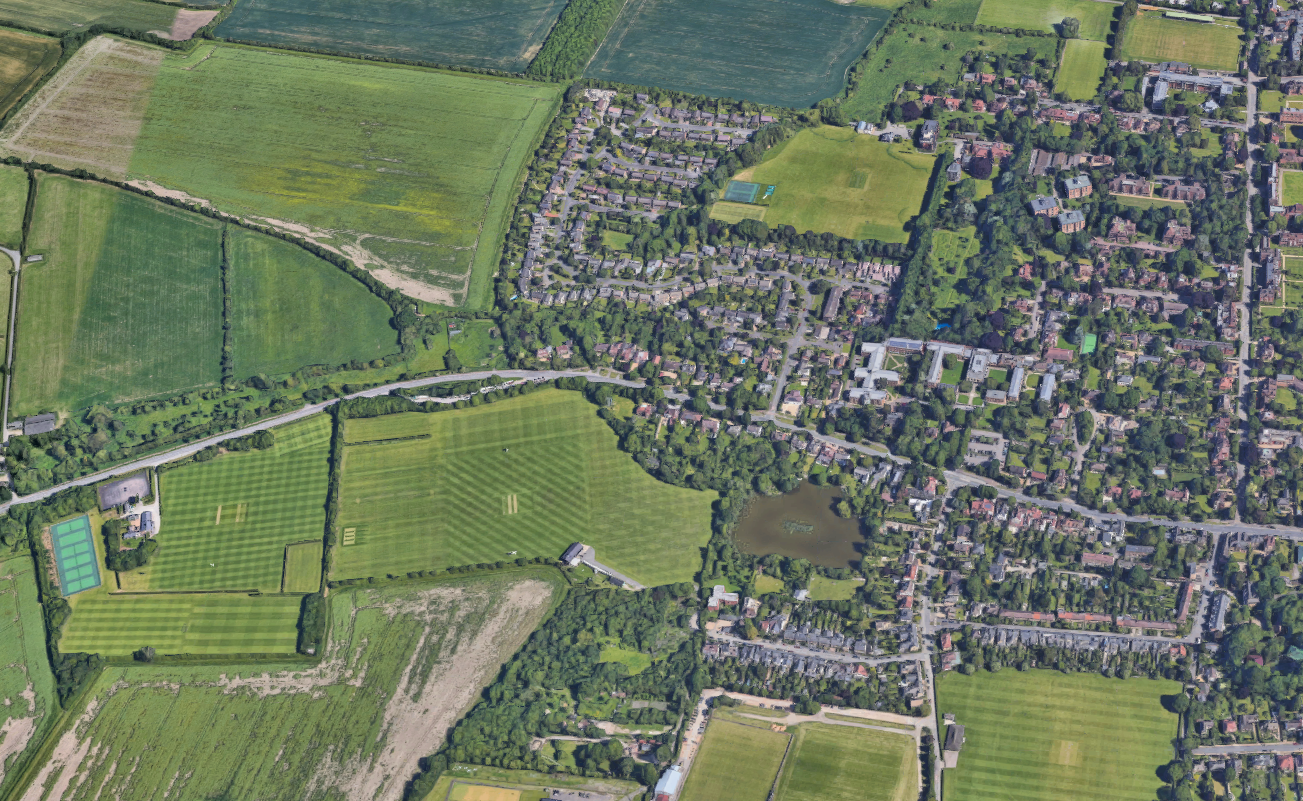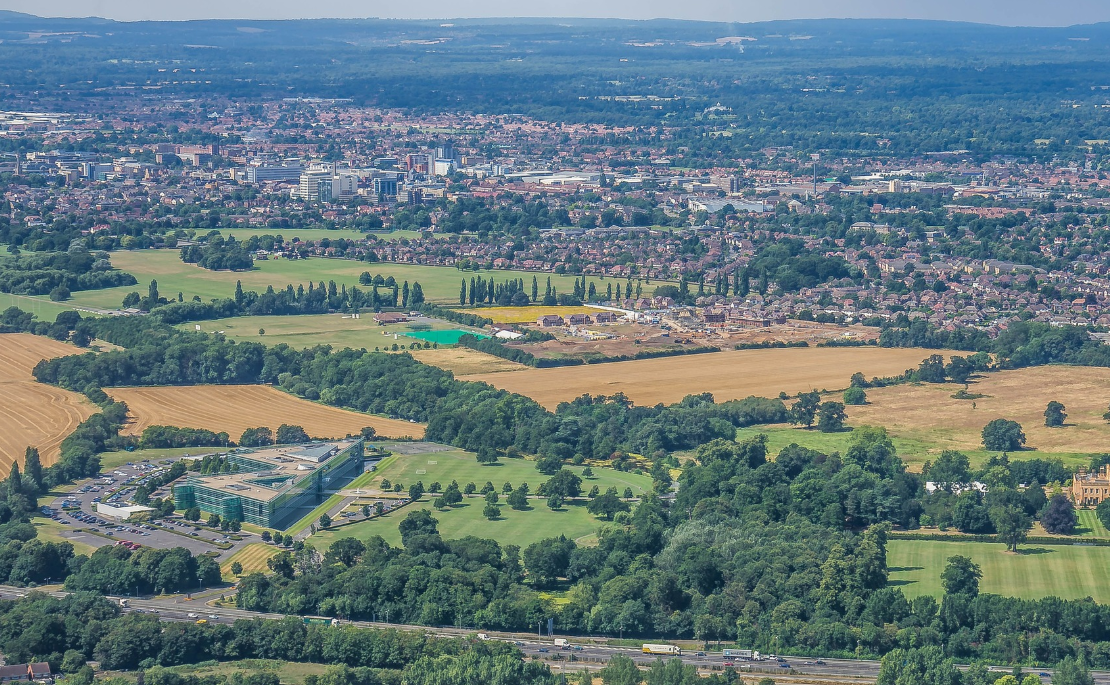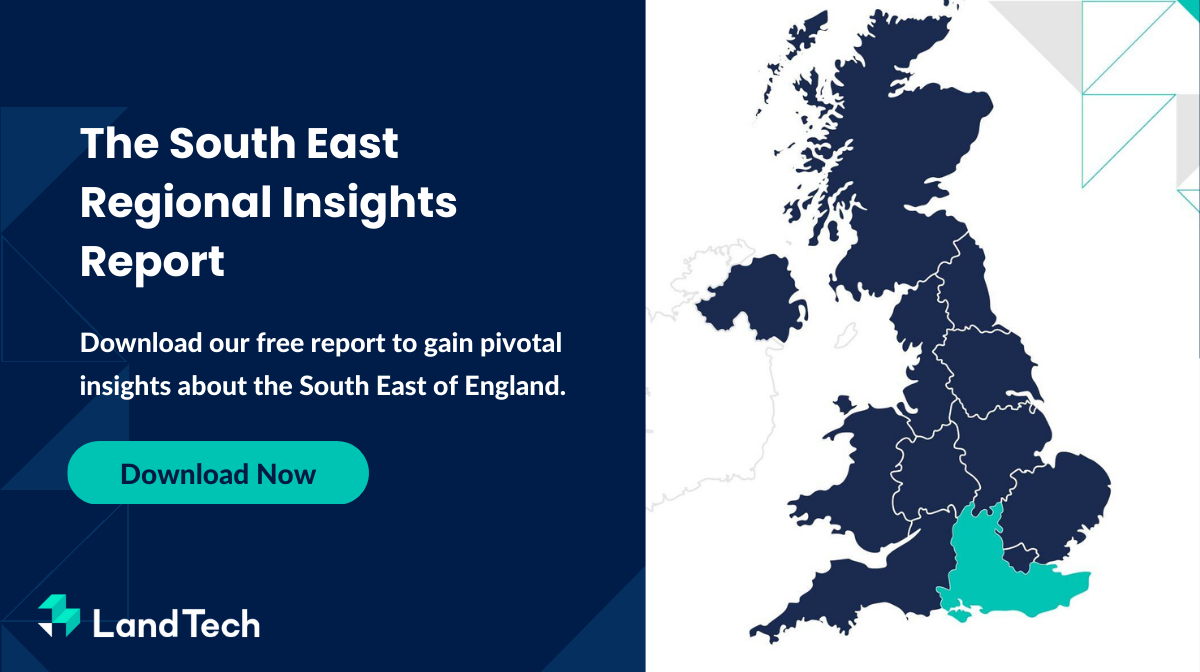Up until recently, it was extremely challenging, but not impossible, to get planning permission on Green Belt land.
The process often involved many years of writing lengthy representations to local plan consultations to get land released and allocated, or relying on local authorities to let their local plan become out of date – then relying on the appeals process to get permission.
Unfortunately, the proposed changes to the National Planning Policy Framework (NPPF) are going to make it even more difficult to get sites removed from the Green Belt and to get approval for Green Belt development by appeal.
But, before we get into just how challenging the market is now, let’s take a look at how developers have historically got planning permission on the Green Belt.
Getting planning permission on the Green Belt
The growing demand for housing in recent years has resulted in some councils needing to allocate land that has been promoted within their current Green Belt as the only way they could meet their housing needs. This created a new market in the industry; the strategic land market.
Developers across the country started strategically seeking out land in and around the Green Belt with a long-term view.
The sites were often greenfield (i.e. not previously developed) and sometimes also Green Belt (i.e. designated as being within the ‘Green Belt’ urban containment zone) sites at the edge of growing settlements.
As the need for housing grew, and housing delivery faltered – particularly in areas where councils weren’t on track to fulfil their five-year housing targets, the argument for land promotion strengthened.
However, the NPPF test requiring ‘exceptional circumstances’ to review Green Belt boundaries, or ‘very special circumstances’ to allow building on a Green Belt, set a very high bar - and one that was almost universally resisted by local members.
As a result, most local planning authorities were extremely cautious about their Green Belt areas and would only consider releasing protected sites as a very last resort.
Unfortunately for the development industry, and anyone still searching for a home of their own, as a result of the proposed NPPF changes things are about to get a whole lot more difficult for edge-of-town developments.
NPPF 2023 changes
The changes to the NPPF, which were published in December 2022 and are likely to be introduced in March 2023, will make a range of changes to how the Green Belt is managed. Many of these changes will come into force immediately – and so will have implications for applications already in the system.
Among the most significant changes are the clarifications that:
- Local Planning Authorities do not need to review their Green Belt Boundaries in order to meet their local housing need.
- Councils can take historic over-delivery of housing into consideration when calculating their housing need, they can also include permissions in these calculations rather than needing to provide evidence that these permissions will turn into deliveries.
- The ‘Duty to Cooperate’, which saw more rural areas taking housing numbers away from more constrained urban areas, is to be abolished.
- Councils with an up-to-date Local Plan will no longer be required to maintain a deliverable five-year housing supply (N.B. by also amending the ‘tests of soundness’ to remove the requirement for Local Plans to be Justified they have also made it much easier to keep a Local Plan ‘up to date’).
How this impacts the previous ways of doing things
Currently, the two ways that Green Belt land most frequently ends up being released into the housing supply are:
- By release and allocation for housing through the Local Plan process. A process that requires exceptional circumstances, often provided by an inability to meet the local housing need; or
- When a local council cannot demonstrate that their Local Plan policies were not out of date (a process that includes the need to demonstrate a five-year housing supply) it has been possible to demonstrate very special circumstances to convince a planning inspector to overturn a local council decision and grant permission despite the Green Belt.
The NPPF changes will severely restrict both of these routes and we’re already seeing the impact of the consultation. Mole Valley District Council recently snatched back its Local Plan from the jaws of adoption to request that the inspector remove all Green Belt allocations from the Local Plan (over 1500 dwellings throughout the district that now won’t get built).

What are the odds of getting permission now?
We’re likely to see a lot of sites currently in Green Belt areas, many of which will have been optioned and promoted for many years, falling on some hard times.
Councils that have been historically the target for speculative development (i.e. sites that were not allocated in the Local Plan) due to the age of their plan policies, or their historic housing delivery rates have been given a great deal more protection. And all this will come into play immediately when the new NPPF draft is adopted in March.
How much Green Belt land does each Iocal authority in the UK have?
Before you even think about building on the Green Belt, you need to first know where it actually is.
Luckily for you, we’ve put together a handy heatmap of Green Belt land by Local Authority across the UK.
Of all the Green Belt land in England, the two largest areas account for almost two-thirds of the total area between them.
With the largest, the Metropolitan Green Belt (London area), accounting for 31% of all Green Belt land.
Both of these areas are growing rapidly and are severely stressed for housing.
From 2021-22, 24,150 extra hectares of (net) Green Belt land were added in England. The vast majority of this (26,800 hectares or a 37% increase) was added in the North East, specifically Northumberland. This has been the biggest net increase in the past six years. However, every other region apart from the North East saw small net losses in Green Belt land.
(Source: Gov.uk)
What does this mean for the future of Green Belt development?
Developing on the Green Belt has never been a task for the faint-hearted. And with recent changes, there’s likely to be even fewer developers opting to take this path.
However, there are thousands of greenfield and brownfield development opportunities that could be much simpler to unlock than the Green Belt is.
If you are looking for a traditional development opportunity with a shorter time frame, you may also want to consider greenfield land for offsetting biodiversity net gain or nutrient neutrality requirements. Although housing can’t be delivered in a Green Belt area, there may be other more ‘open’ types of development that can support your residential aspirations elsewhere.
But to make informed decisions, it’s crucial to understand the local market and Green Belt appetite of the local planning authorities your potential site falls under.
And what better way to do so than by checking out our Regional Market Report?


